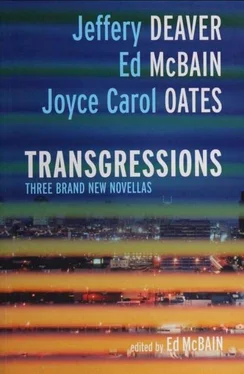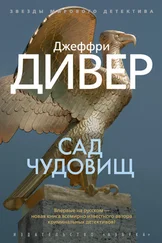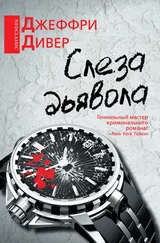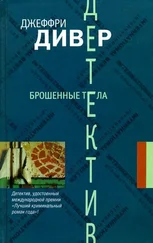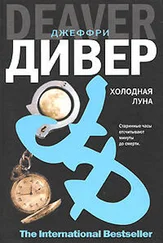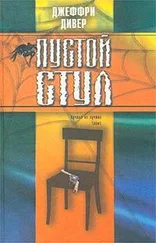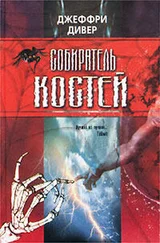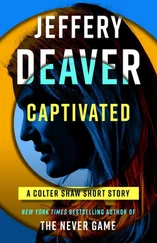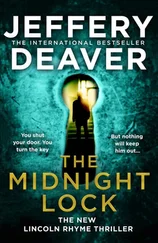Transgressions
Three brand new novellas
When I was writing novellas for the pulp magazines back in the 1950s, we still called them “novelettes,” and all I knew about the form was that it was long and it paid half a cent a word. This meant that if I wrote 10,000 words, the average length of a novelette back then, I would sooner or later get a check for five hundred dollars. This was not bad pay for a struggling young writer.
A novella today can run anywhere from 10,000 to 40,000 words. Longer than a short story (5,000 words) but much shorter than a novel (at least 60,000 words) it combines the immediacy of the former with the depth of the latter, and it ain’t easy to write. In fact, given the difficulty of the form, and the scarcity of markets for novellas, it is surprising that any writers today are writing them at all.
But here was the brilliant idea.
Round up the best writers of mystery, crime, and suspense novels, and ask them to write a brand-new novella for a collection of similarly superb novellas to be published anywhere in the world for the very first time. Does that sound keen, or what? In a perfect world, yes, it is a wonderful idea, and here is your novella, sir, thank you very much for asking me to contribute.
But many of the bestselling novelists I approached had never written a novella in their lives. (Some of them had never even written a short story!) Up went the hands in mock horror. “What! A novella? I wouldn’t even know how to begin one.” Others thought that writing a novella ( “How long did you say it had to be?”) would constitute a wonderful challenge, but bestselling novelists are busy people with publishing contracts to fulfill and deadlines to meet, and however intriguing the invitation may have seemed at first, stark reality reared its ugly head, and so...
“Gee, thanks for thinking of me, but I’m already three months behind deadline,” or...
“My publisher would kill me if I even dreamed of writing something for another house,” or...
“Try me again a year from now,” or...
“Have you asked X? Or Y? Or Z?”
What it got down to in the end was a matter of timing and luck. In some cases, a writer I desperately wanted was happily between novels and just happened to have some free time on his/her hands. In other cases, a writer had an idea that was too short for a novel but too long for a short story, so yes, what a wonderful opportunity! In yet other cases, a writer wanted to introduce a new character he or she had been thinking about for some time. In each and every case, the formidable task of writing fiction that fell somewhere between 10,000 and 40,000 words seemed an exciting challenge, and the response was enthusiastic.
Except for length and a loose adherence to crime, mystery, or suspense, I placed no restrictions upon the writers who agreed to contribute. The results are as astonishing as they are brilliant. The ten novellas that follow are as varied as the men and women who concocted them, but they all exhibit the same devoted passion and the same extraordinary writing. More than that, there is an underlying sense here that the writer is attempting something new and unexpected, and willing to share his or her own surprises with us. Just as their names are in alphabetical order on the book jacket, so do their stories follow in reverse alphabetical order: I have no favorites among them. I love them all equally.
Enjoy!
ED MCBAIN
Weston, Connecticut
August 2004
JEFFERY DEAVER
______
Jeffery Deaverhas had a rapid and much-deserved rise to the top of the bestseller lists. His novels have always been riveting reads, especially those he wrote about Rune, a woman living and working in New York City. Seen through her eyes, the urban landscape is a wondrous — and sometimes frightening — place indeed. Fans of his work know that this is to be expected, or he can take the most commonplace career or event — news reporting, marriage — and turn it upside down with one of the surprising plot twists that have become his trademark. These days, he writes such bestsellers as Praying for Sleep, A Maiden’s Grave, Hard News, and The Bone Collector, featuring the brilliant quadriplegic detective Lincoln Rhyme and his assistant Amelia Sachs. The Bone Collector was the basis for the successful movie of the same name starring Denzel Washington and Angelina Jolie. His readership expands with each new novel, and with each new short story he writes. His most recent novel is Garden of Beasts, and a new collection of short stories, Twisted, came out in November 2004.
Mathematics is not a careful march down a well-cleared highway, but a journey into a strange wilderness, where the explorers often get lost.
— W. S. ANGLIN, “Mathematics and History”
∞
An old couple like that, the man thought, acting like kids.
Didn’t have a clue how crazy they looked.
Peering over the boxwood hedge he was trimming, the gardener was looking at Sy and Donald Benson on the wide, back deck of their house, sitting in a rocking love seat and drinking champagne. Which they’d had plenty of. That was for sure.
Giggling, laughing, loud.
Like kids, he thought contemptuously.
But enviously too a little. Not at their wealth — oh, he didn’t resent that; he made a good living tending the grounds of the Bensons’ neighbors, who were just as rich.
No, the envy was simply that even at this age they looked like they were way in love and happy.
The gardener tried to remember when he’d laughed like that with his wife. Must’ve been ten years. And holding hands like the Bensons were doing? Hardly ever since their first year together.
The electric hedge trimmer beckoned but the man lit a cigarette and continued to watch them. They poured the last of the champagne into their glasses and finished it. Then Donald leaned forward, whispering something in the woman’s ear and she laughed again. She said something back and kissed his cheek.
Gross. And here they were, totally ancient. Sixties, probably. It was like seeing his own parents making out. Christ...
They stood up and walked to a metal table on the edge of the patio and piled dishes from their lunch on a tray, still laughing, still talking. With the old guy carrying the tray, they both headed into the kitchen, the gardener wondering if he’d drop it, he was weaving so much. But, no, they made it inside all right and shut the door.
The man flicked the butt into the grass and turned back to examine the boxwood hedge.
A bird trilled nearby, a pretty whistle. The gardener knew a lot about plants but not so much about wildlife and he wasn’t sure what kind of bird this was.
But there was no mistaking the sound that cut through the air a few seconds later and made the gardener freeze where he stood, between a crimson azalea and a purple. The gunshot, coming from inside the Bensons’ house, was quite distinctive. Only a moment later he heard a second shot.
The gardener stared at the huge Tudor house for three heartbeats, then, as the bird resumed its song, he dropped the hedge trimmer and sprinted back to his truck where he’d left his cell phone.
The county of Westbrook, New York, is a large trapezoid of suburbs elegant and suburbs mean, parks, corporate headquarters and light industry — a place where the majority of residents earn their keep by commuting into Manhattan, some miles to the south.
Last year this generally benign-looking county of nearly 900,000 had been the site of 31 murders, 107 rapes, 1,423 robberies, 1,575 aggravated assaults, 4,360 burglaries, 16,955 larcenies, and 4,130 automobile thefts, resulting in a crime rate of 3,223.3 per 100,000 population, or 3.22 percent for these so-called “index crimes,” a standardized list of offenses used nationwide by statisticians to compare one community to another, and each community to its own past. This year Westbrook County was faring poorly compared with last. Its year-to-date index crime rate was already hovering near 4.5 percent and the temper-inflaming months of summer were still to come.
Читать дальше
